Staff Augmentation vs Outsourcing: Choosing the Right IT Model
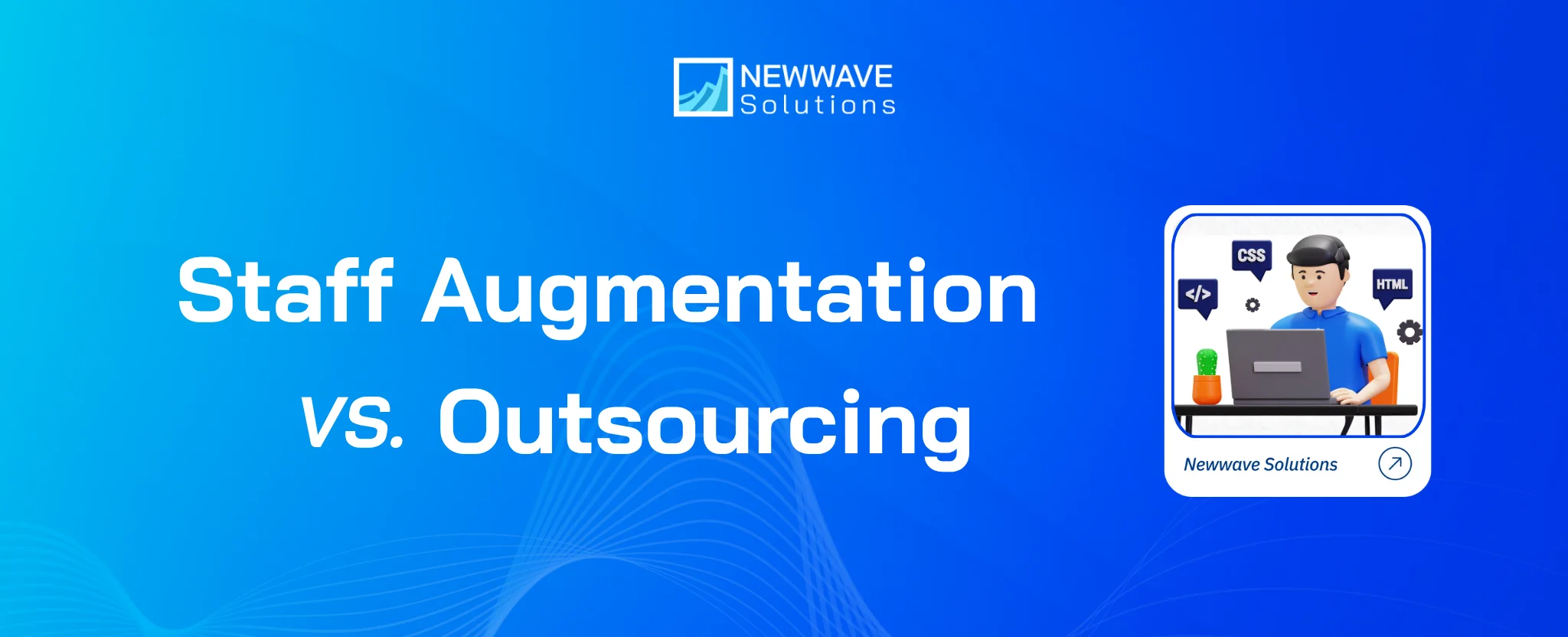
Every growing business faces the same challenge: too many projects, too few hands. When internal teams hit their limits, two paths usually come up — expand with external specialists or outsource everything to a vendor. This is the core of staff augmentation vs outsourcing. In this blog, Newwave Solutions explores the key differences between staff augmentation and outsourcing to help you choose the best fit.
Staff Augmentation vs Outsourcing: How Are They Defined?
When exploring external workforce models, two terms often come up: staff augmentation and outsourcing. Let’s break down each concept to understand how they work in practice.
What is Staff Augmentation?
Staff augmentation is a flexible workforce strategy that allows you to add external professionals to your in-house team on demand. Unlike outsourcing, where a vendor delivers a complete project, staff augmentation means you’re essentially “renting” skilled talent while still keeping full control of project management.
How it works:
- You identify a specific skill gap or project requirement (e.g., cloud migration, AI/ML, DevOps).
- A vendor provides pre-vetted developers, QA engineers, or designers.
- These professionals integrate directly with your team and follow your workflows.
- The vendor handles contracts, payroll, and HR, while you oversee their tasks and output.
This model works well for businesses with strong internal management and projects that require flexibility and speed.
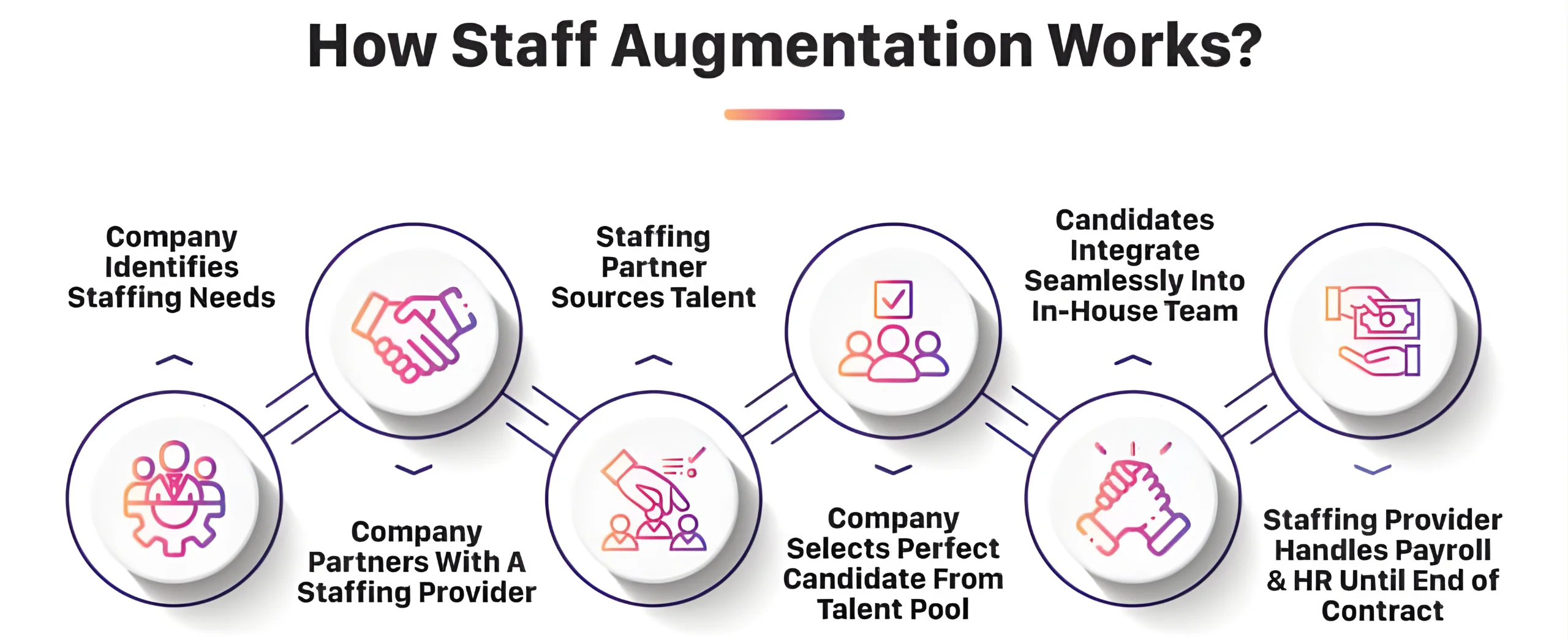
What is Outsourcing?
Outsourcing is a comprehensive service delivery model where you contract an external partner to handle an entire project, function, or business process. The vendor takes on full ownership — from planning and execution to delivery and maintenance — while your role is primarily oversight and communication.
How it works:
- You define the project scope and outcomes.
- The outsourcing partner provides a dedicated team, processes, and infrastructure.
- The vendor manages everything end-to-end, covering talent, quality assurance, and timelines.You receive deliverables according to a service-level agreement (SLA).
This approach is ideal when you want to reduce internal workload and rely on a trusted partner for end-to-end execution.

=>> Ready to explore which model fits your business needs? Discover our IT outsourcing services and see how we can accelerate your next project.
What are the key benefits of Staff Augmentation vs Outsourcing?
When extending your IT capacity, both staff augmentation and outsourcing offer distinct advantages. The key difference lies in control, responsibility, and execution approach. Staff augmentation provides skilled professionals who work under your direct management, while outsourcing delegates entire projects or functions to external vendors who manage the execution independently.
|
Category |
Staff Augmentation Benefits |
Outsourcing Benefits |
| Control & Quality | Full control over project direction and quality
Direct oversight ensures exact requirements |
Vendor accountability for project success
Established quality processes |
| Flexibility | Instantly scale team up or down
Quickly adapt to changing requirements |
Pre-built teams ready for deployment
Vendor resource reallocation capabilities |
| Cost | Transparent hourly rates, no hidden fees
Avoid recruitment and training costs |
Fixed-price contracts for budget certainty
Eliminate infrastructure investments |
| Expertise | Access specialized skills (AI, blockchain) instantly
Direct integration with existing knowledge |
Global talent pools and diverse skills
Cutting-edge tools and best practices |
| Security | Keep IP and sensitive data in-house
Direct control over security protocols |
Enterprise-grade security infrastructure
Access to specialized security expertise |
| Speed | Staff ready within days
Immediate workflow integration |
Accelerated delivery through established processes
24/7 development cycles |
| Team Integration | Seamless internal team collaboration
Cultural alignment and real-time communication |
Independent operation reduces overhead
Professional project management structures |
| Strategic Value | Retain control while filling skill gaps
Build long-term internal capabilities |
Free resources for core business activities
Focus leadership on strategic initiatives |
The optimal approach often involves a hybrid strategy: use staff augmentation for rapid scaling and specialized expertise while leveraging outsourcing for complete project delivery and strategic focus. The choice depends on your priorities—control and cultural integration favor staff augmentation, while resource optimization and end-to-end accountability favor outsourcing.
Challenges in Staff Augmentation vs Outsourcing: How to Solve Them?
Of course, no model is perfect. Both staff augmentation and outsourcing come with practical hurdles — but the good news is, they can be managed with the right approach. Identifying them early and applying solutions ensures smooth implementation and risk mitigation.
| Challenge | Staff Augmentation | Outsourcing | Practical Solution |
| Onboarding & Integration | Integrating new staff quickly with internal teams. | Minimal integration with internal processes. | Standardized onboarding, collaboration tools, internal mentoring. |
| Control & Alignment | Requires ongoing supervision. | Limited control; alignment with company culture may vary. | Clear SLAs, periodic reviews, select experienced vendors, nearshore collaboration. |
| Cost Management | Can increase if used long-term. | Hidden costs if contracts are unclear. | Track KPIs, maintain transparent contracts, budget planning. |
| Data & IP Security | Lower risk; internal oversight. | Higher risk due to vendor access. | NDA/IP agreements, periodic audits, dedicated data management. |
Addressing challenges proactively ensures risk reduction, faster execution, and predictable outcomes. Choosing the right model and preparing effective management processes turns potential obstacles into strategic advantages.
How Do You Choose The Right Model?
Staff augmentation and outsourcing serve different purposes depending on your business goals. Recognizing the right scenario for each helps you maximize efficiency and minimize risk.
- Business objectives: If you want to scale your team while keeping direction in-house, the augmentation works best. If you want to delegate and free your team from execution, outsourcing is more effective.
- Level of control: Do you have managers who can oversee external staff? If yes, augmentation keeps you in the driver’s seat. If not, outsourcing reduces your burden.
- Budget implications: Outsourcing is usually more cost-effective for full projects since pricing is tied to deliverables. Augmentation is flexible but can become expensive if you rely on it long-term.
- Time-to-market: Augmentation lets you close skill gaps fast and keep projects moving. Outsourcing helps accelerate delivery when your in-house capacity is already stretched thin.
- Risk & compliance: If you work in a regulated field like fintech or healthcare, you may prefer augmentation to retain more control over sensitive data. Outsourcing is viable if your vendor demonstrates strong compliance and security standards.
By weighing these factors, you can choose the model that fits your immediate priorities while still supporting your long-term strategy. In many cases, a hybrid approach – using outsourcing for complete product builds while augmenting teams for niche skills – delivers the best balance of speed, control, and efficiency.
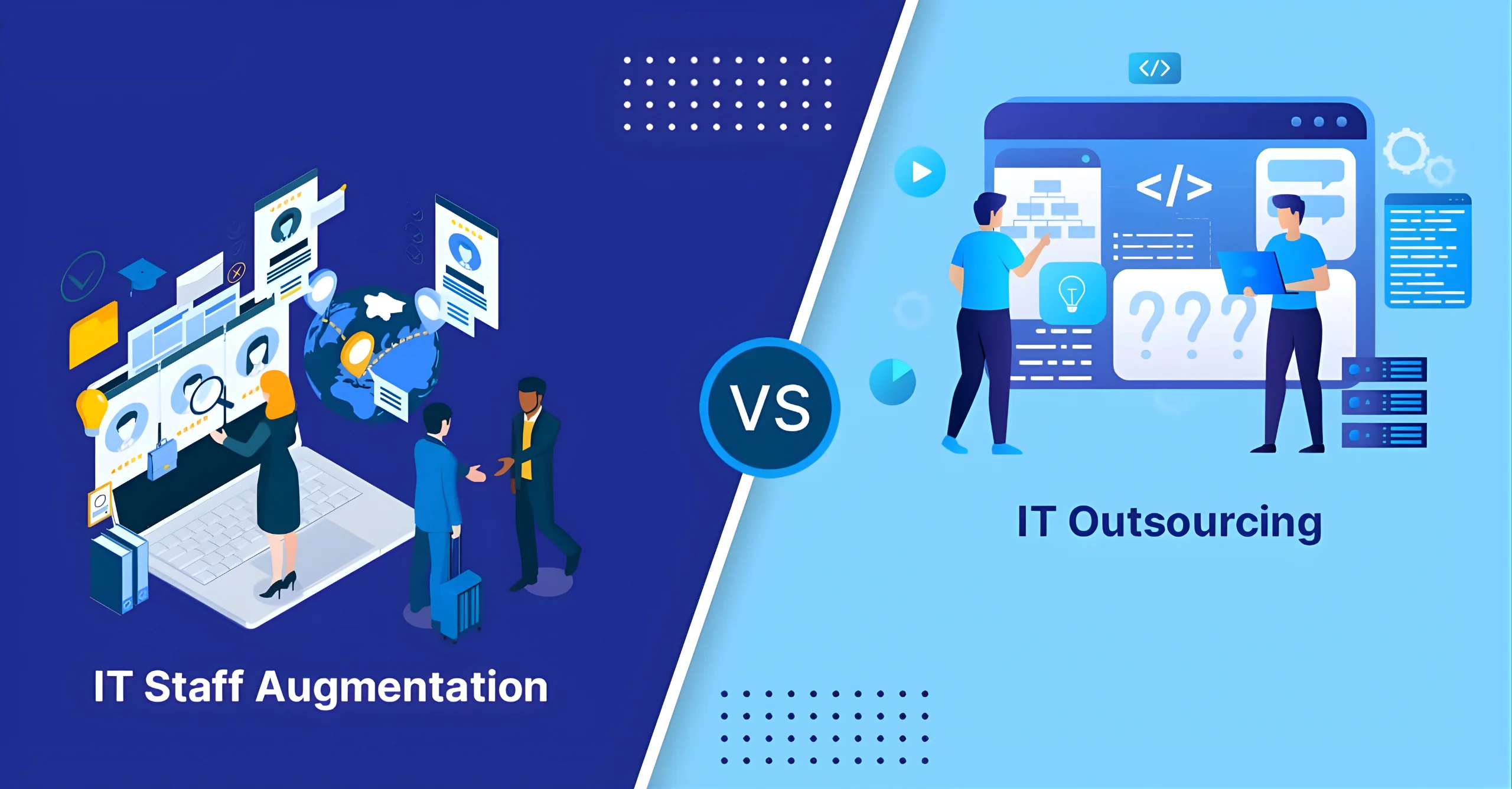
Can a Hybrid Approach Give You the Best of Both Worlds?
Hybrid models, which mix staff augmentation with selective outsourcing, balance control and efficiency. Only 7.6% of IT functions are fully outsourced in the next 18 months, highlighting that hybrid approaches dominate today’s tech landscape (Comarch).
Routine IT support or infrastructure maintenance can be outsourced, while specialists for AI, data analytics, or blockchain augment internal capabilities. Nearshore collaborations reduce time zone and cultural gaps, enabling smoother coordination.
In short, hybrid models deliver faster execution, predictable costs, and operational agility, making them a strategic choice for complex projects where control and flexibility matter.
Why Choose Newwave Solutions as Your Outsourcing Partner?
With over 14 years of experience and more than 800 successful projects, Newwave Solutions is your trusted partner in navigating the complexities of IT outsourcing.
- Multi-industry expertise: Tailored solutions across fintech, healthcare, e-commerce, and logistics, ensuring compliance and operational efficiency.
- Agile engagement: Flexible team structures to scale quickly based on project needs.
- Global experience: Successfully delivered projects for clients in Japan, Korea, and the US, adapting seamlessly to diverse business cultures.
- Security-first approach: Strong IP protection, NDA compliance, and SLA commitments safeguard critical projects.
With Newwave Solutions, you don’t just get a vendor – you get a partner who can help you make the right call between augmentation and outsourcing and execute it successfully.
FAQs
Which is more cost-effective: Staff augmentation or Outsourcing?
Cost-effectiveness depends on project scope and duration. Staff augmentation may offer short-term savings for targeted needs but can escalate with prolonged use, while outsourcing often delivers broader efficiencies, with Deloitte reporting 34% of organizations citing spend optimization as a driver in 2024. For entire projects, outsourcing typically reduces costs by 20-50% through vendor scale, per industry benchmarks.
Which model is better for startups and SMEs?
Startups and SMEs often favor staff augmentation for its flexibility and lower initial commitment, allowing quick access to expertise without long-term contracts. Outsourcing suits when delegating non-core tasks to focus on growth, especially in resource-limited environments where global outsourcing markets enable cost control.
Can businesses combine staff augmentation and outsourcing?
es, many organizations hybridize the models – using staff augmentation for core team extensions and outsourcing for peripheral processes. This approach maximizes control where needed while leveraging vendor efficiencies, with 70% of firms selectively insourcing previously outsourced scopes for optimization.
Staff Augmentation vs IT Outsourcing: When does one outperform the other?
Staff augmentation outperforms in scenarios requiring internal control and rapid integration, while IT outsourcing excels for end-to-end management of complex systems, reducing overhead by up to 30% in mature engagements.
Staff Augmentation vs Software Outsourcing: Which for custom development?
For custom software, staff augmentation allows in-house direction on iterative builds, while software outsourcing handles complete lifecycles, often faster for SMEs lacking teams.
Conclusion
Ultimately, the choice between staff augmentation and outsourcing hinges on your goals, available resources, and appetite for risk. Each approach brings its own advantages in cost, control, and scalability, and the right strategy can make a tangible difference in outcomes. If you’re exploring these options, contact us to discuss how Newwave Solutions can guide you in selecting the model that aligns with your priorities and drives sustainable growth.
To Quang Duy is the CEO of Newwave Solutions, a leading Vietnamese software company. He is recognized as a standout technology consultant. Connect with him on LinkedIn and Twitter.

Read More Guides
Get stories in your inbox twice a month.
Let’s Connect
Let us know what you need, and out professionals will collaborate with you to find a solution that enables growth.

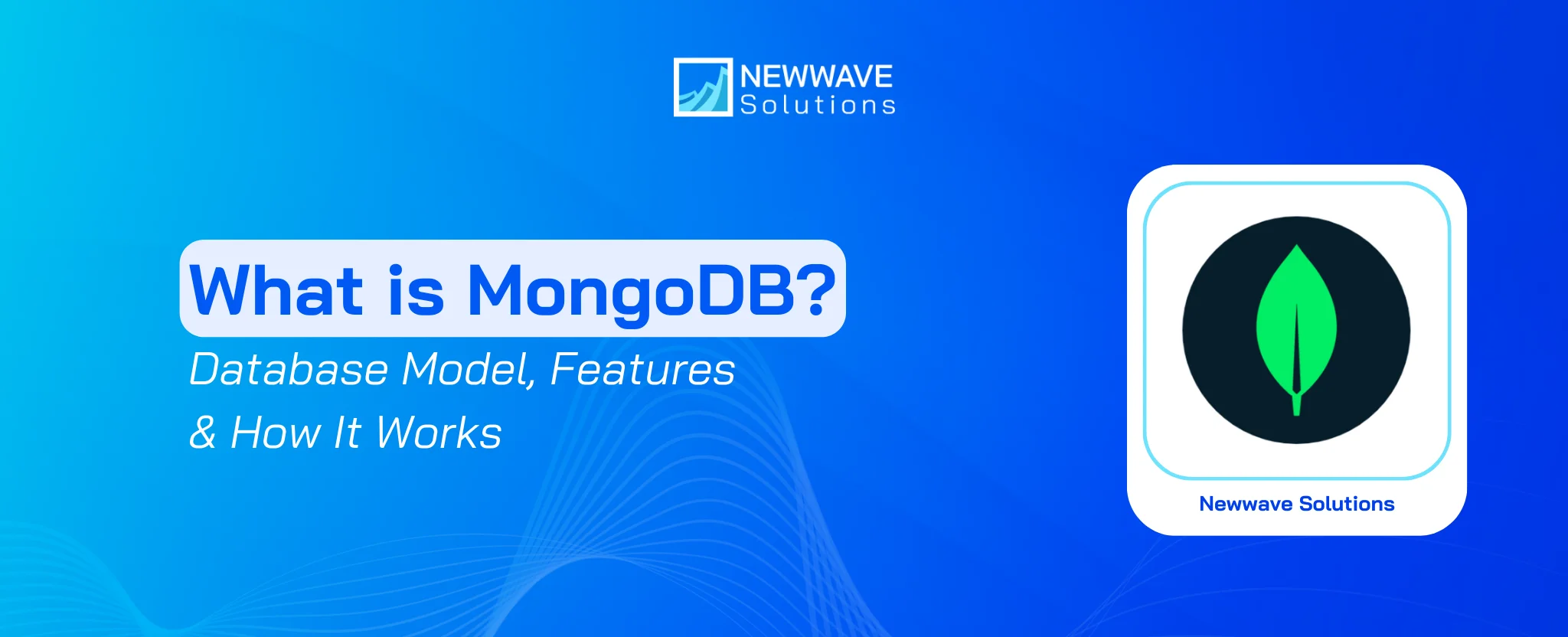

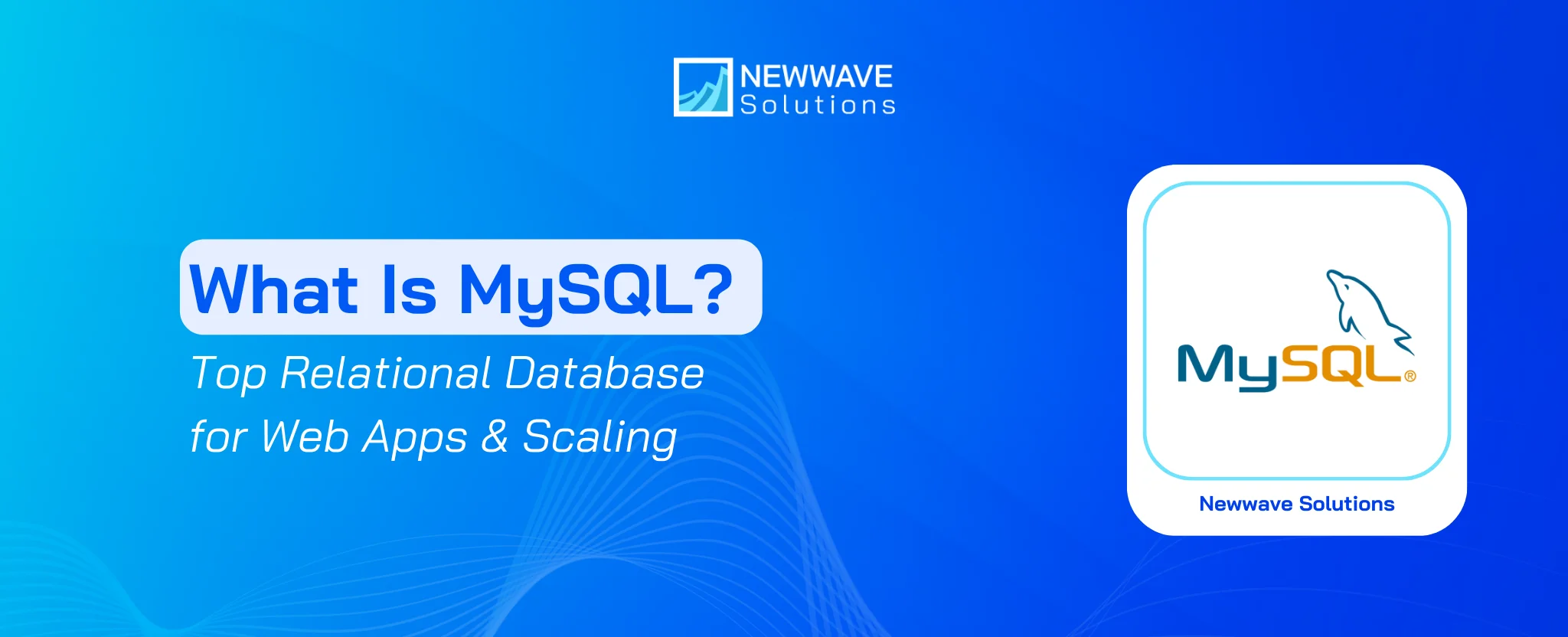
Leave a Reply